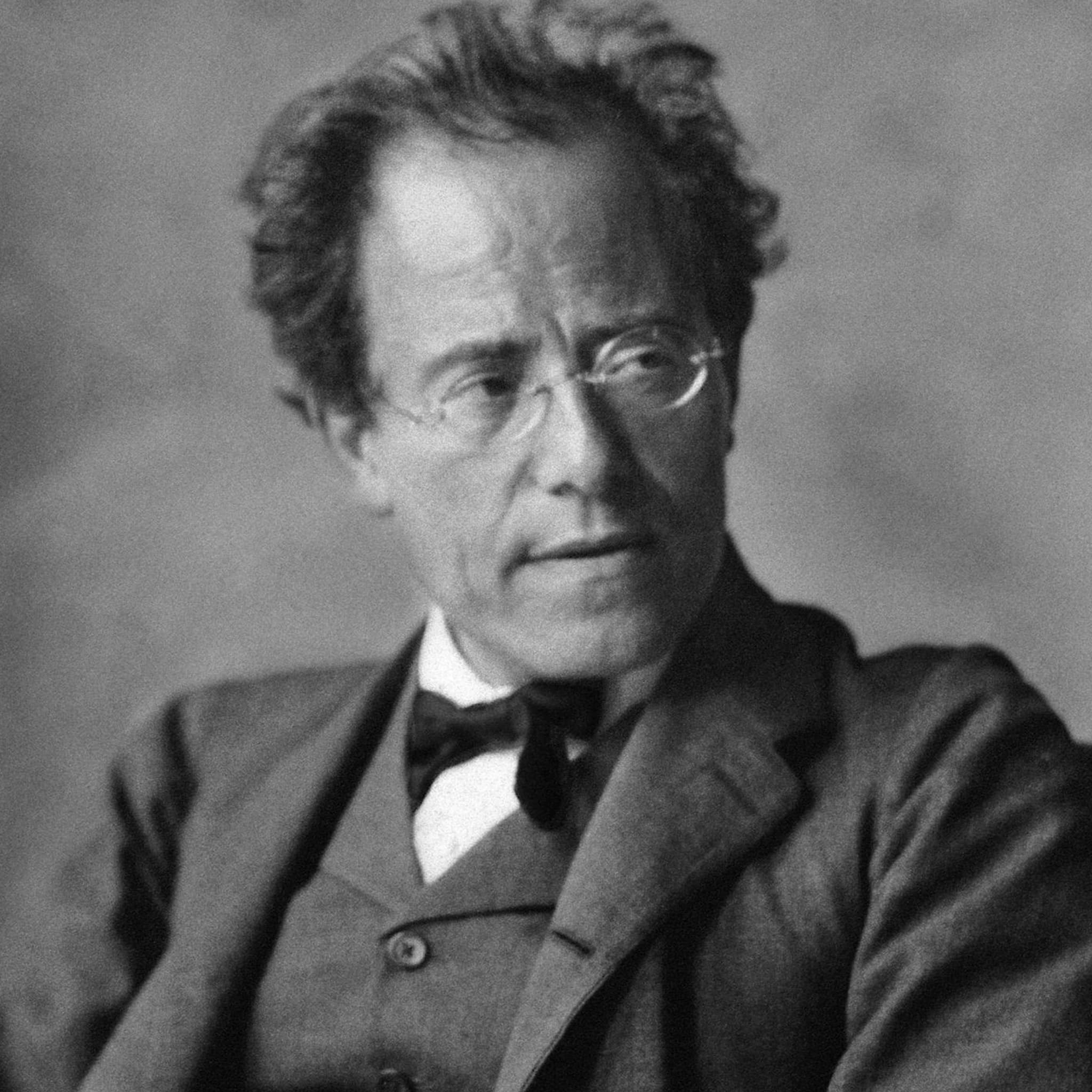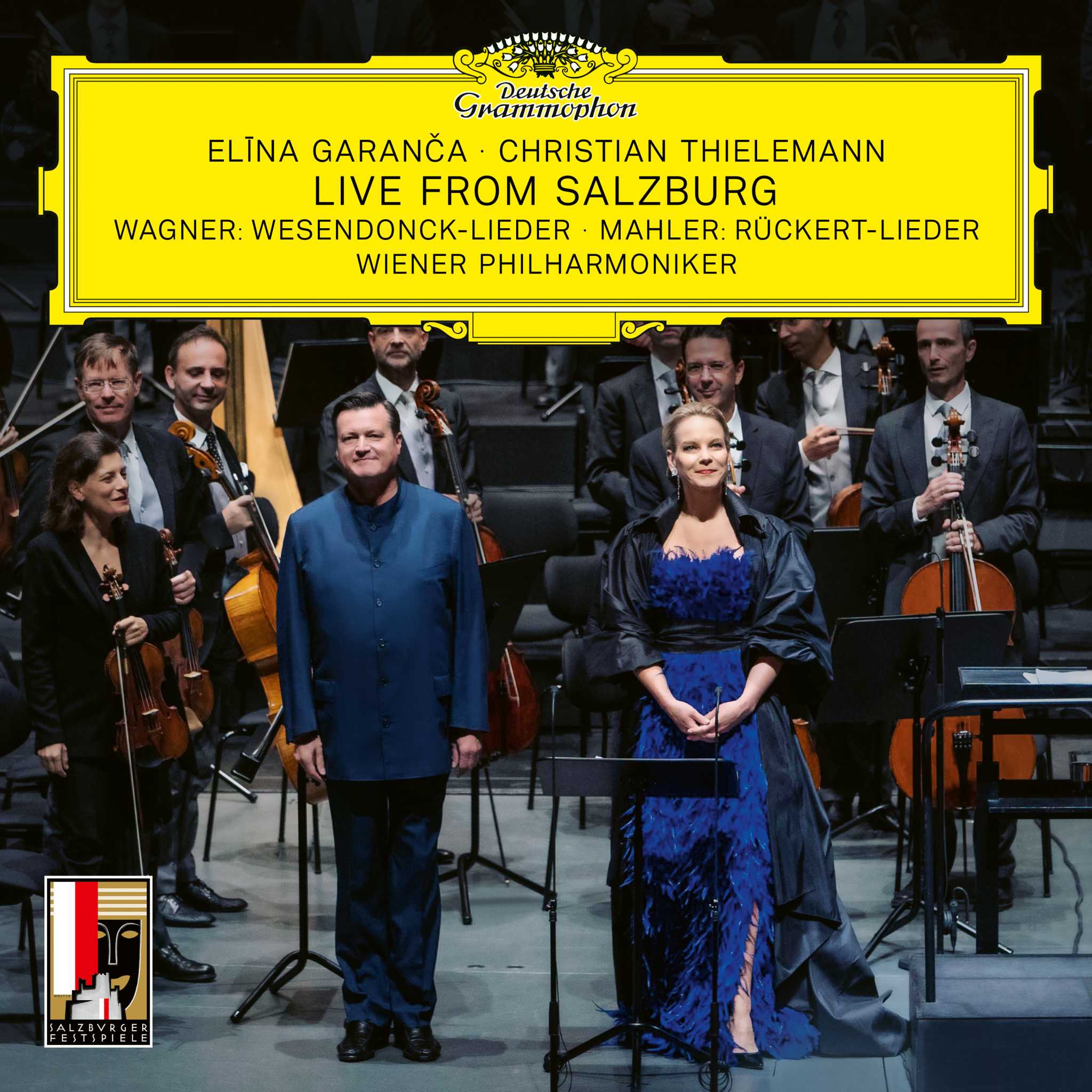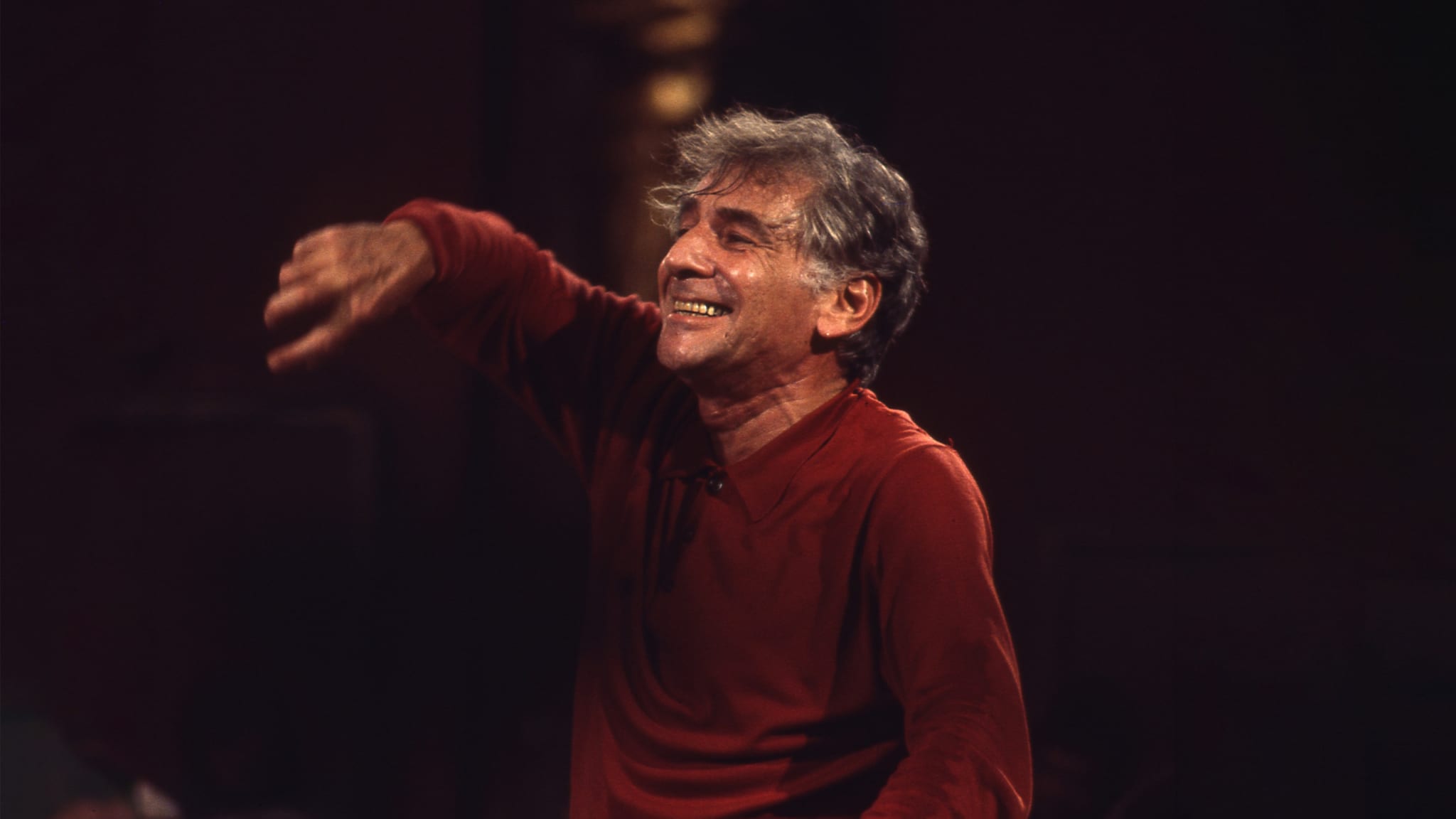Entdecken Sie die faszinierenden Werke von Gustav Mahler
Entdecken Sie die Werke von Gustav Mahler, einem Komponisten, der dafür bekannt ist, seine Umgebung durch Musik darzustellen. Seine Sinfonien umfassen oft tiefgründige Themen wie Liebe, Hass, Leben, Tod, Naturschönheit, Unschuld und Erfahrung. Als brillanter Liedkomponist fing Mahler die Essenz intensiver menschlicher Emotionen ein und entwickelte sein melodisches Talent kontinuierlich weiter. Seine Sinfonien und Lieder sind kunstvoll miteinander verwoben und zeigen seinen einzigartigen Stil sowie seinen eindringlichen Einsatz populärer Musikelemente, insbesondere Wiener Tanzmelodien.
Mahlers Musik bleibt ein Höhepunkt der Spätromantik, geprägt von großer emotionaler Tiefe, innovativer Orchestrierung und einer kompromisslosen Auseinandersetzung mit großen philosophischen Themen. Seine Werke werden für ihre Dimensionen gefeiert – sowohl im orchestralen Umfang als auch in der Ausdrucksstärke – und gehören zu den Dauerbrennern in führenden Konzertsälen weltweit.
Bedeutende Werke und Höhepunkte
Mahlers Sinfonien – von der „Auferstehungssinfonie“ (Nr. 2) und der „Tragischen“ (Nr. 6) bis hin zur monumentalen „Sinfonie der Tausend“ (Nr. 8) – sind für ihre emotionale und philosophische Tiefe bekannt. Sie zeichnen sich oft durch innovative Orchesterfarben und komplexe Strukturen aus. Die Fünfte Sinfonie ist ein zentrales Werk, das oft als Weg von „Verzweiflung zu Freude“ beschrieben wird. Mahler verbindet darin dramatische Trauermärsche mit triumphalen, tanzähnlichen Sätzen und verkörpert so seine Fähigkeit, Dunkelheit und Licht innerhalb einer einzigen Komposition zu kontrastieren.
Auch als Meister des Kunstliedes hinterließ Mahler mit Zyklen wie „Lieder eines fahrenden Gesellen“ und „Des Knaben Wunderhorn“ Werke, die intensive menschliche Gefühle in erlesener musikalischer Form ausdrücken.
Mahlers Leben und Vermächtnis
Mahlers persönliche Erfahrungen – geprägt von Verlust, Verfolgung und dem Gefühl, ein Außenseiter zu sein – beeinflussten seine Musik tiefgreifend. Als zweites von vierzehn Kindern eines jüdischen Branntweinbrenners geboren, erlebte er schon früh familiäre Tragödien und Spannungen im Elternhaus. Seine Dirigentenkarriere führte ihn durch Europa und gipfelte in einer gefeierten, aber turbulenten Zeit an der Wiener Hofoper, gefolgt vom Wechsel nach New York als Dirigent der Metropolitan Opera und des New York Philharmonic Orchestra.
Nach dem Tod seiner Tochter Maria wurde Mahlers Musik zunehmend introspektiv, wodurch Werke mit feineren Klangfarben und einer Suche nach innerem Frieden entstanden. Besonders bemerkenswert ist sein ironischer Umgang mit Wiener Tanzmelodien. Bedeutende Komponisten des 20. Jahrhunderts – von Arnold Schönberg und Alban Berg bis Dmitri Schostakowitsch und Benjamin Britten – verdanken seinem innovativen musikalischen Ansatz viel. Begleiten Sie uns auf eine umfassende Entdeckungsreise durch Mahlers Leben und Werk auf STAGE+.



























